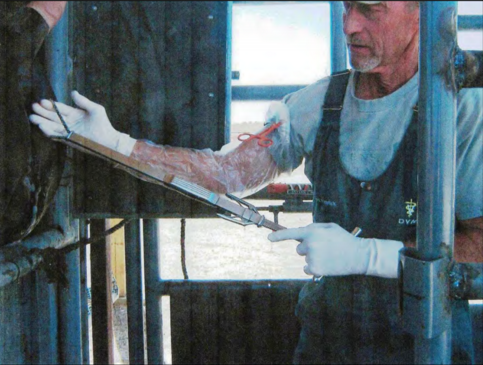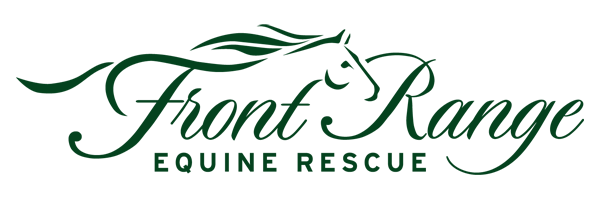The Bureau of Land Management (BLM) plans to use a dangerous and unnecessary surgical sterilization procedure on wild mares in Utah.
This barbaric procedure removes the ovaries by crushing and pulling them out with a looped-chain instrument (escraseur). The BLM intends to use this surgery, known as ovariectomy via colpotomy, on mares to be captured in November from the Confusion Herd Management Area (HMA) in Utah.
The procedure has dangerous to deadly effects including infection, hemorrhaging, colic, aborting foal (if pregnant) and evisceration where part of the intestines could protrude through the incision. These mares will already have been extremely stressed and traumatized from a brutal roundup.

Ovariectomy via colpotomy is a rare procedure with a high rate of postoperative complications, some of which can be life-threatening.
There is NO reason for the BLM to use this untested, dangerous procedure as proven and safe fertility control methods are available.
Forms of proven, safe and humane reproductive growth suppression include PZP and PZP-22.
The BLM plan proposes to capture 560 wild horses with 500 slated for permanent removal from the range. Other horses from the remaining 60 will be sterilized and survivors released at some point.
The Confusion herd management area (HMA) covers over 293,000 acres of public and other lands. The BLM setting on an AML (appropriate management level) of 70-115 results in as few as one horse for every 4,195 acres.
In comparison, 11 livestock operators currently grazing animals on five areas which overlap the Confusion HMA are allowed to use just over 25,300 AUMs (animal unit months) of forage per year. What this translates to is one AUM is the forage amount needed to sustain one cow, five sheep or five goats each month.
Currently an estimated 661 wild horses live on the Confusion HMA.
Ovariectomy via colpotomy is a rare procedure with a high rate of postoperative complications, some of which can be life-threatening.
While less dangerous, gelding stallions is also problematic. Gelding a colt too young can stunt its growth, while gelding older stallions has risks of increased bleeding and needs more recovery time. Furthermore, it would require gelding all the stallions in a herd because even a small number of intact stallions can impregnate all the herd mares. Surgical sterilization also changes the behavior of wild, free-roaming stallions causing disruption to how horses interact and maintain family bands.
There are few studies which have evaluated the long-term health of ovariectomized mares. One, by the Center for Equine Health of UC Davis, revealed that in a herd of 20 older ovariectomized mares 18 of them showed advanced musculoskeletal deterioration. Veterinarians involved in the study noted this issue possibly due to removing estrogen from the system, which an ovariectomy does.
Tell elected officials “NO” to untested, dangerous surgical sterilization procedures on America’s wild horses.
Safe and effective population control methods exist and the BLM has used them with success on several wild horse herds. Locate Senators through www.senate.gov and House reps through www.house.gov.
